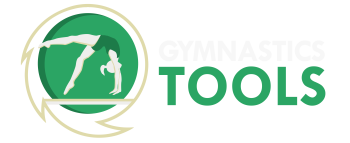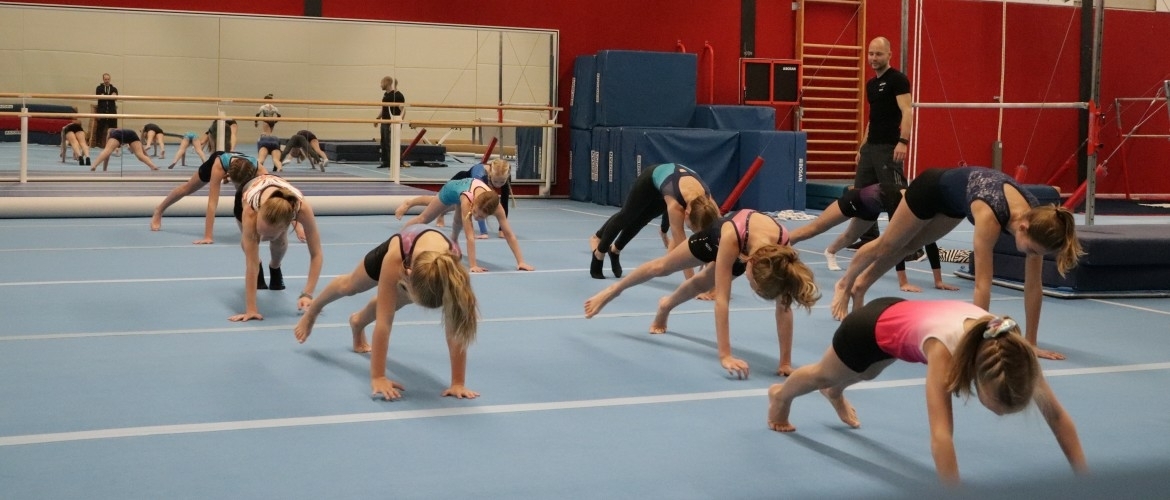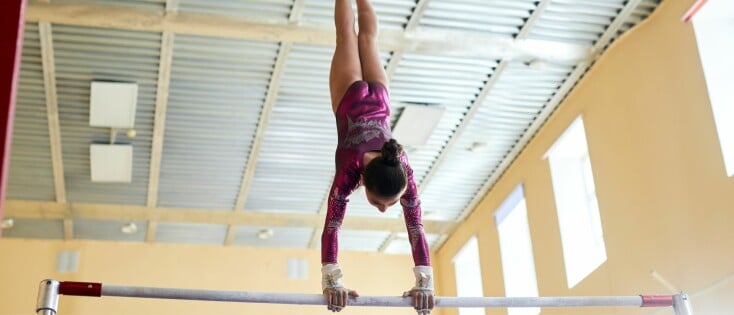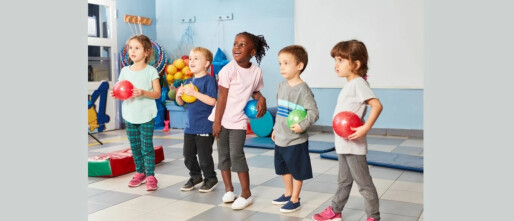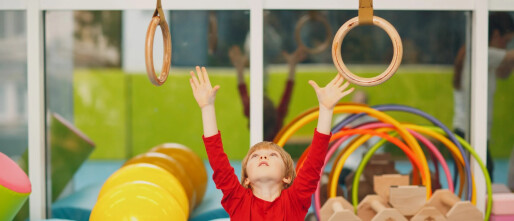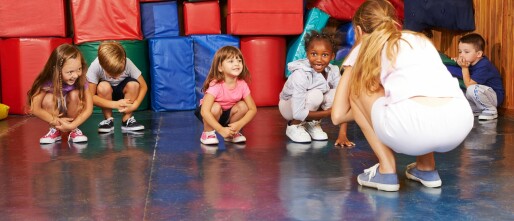Gymnastics coaches often have the tendency to tell gymnasts what they need to improve. But is that the best way to coach effectively? To what extent should we let the gymnast think for himself and make choices? As a gymnastics coach/coach you also have to deal with many different gymnasts in a class group. As a coach/coach, it requires a lot of adaptability to anticipate the (learning) needs of the gymnasts. It is always searching for the right feedback method. In this article I will give you as a coach some tools for effective coaching in your own lessons. To motivate your gymnasts and to give them the ownership to achieve their goals.
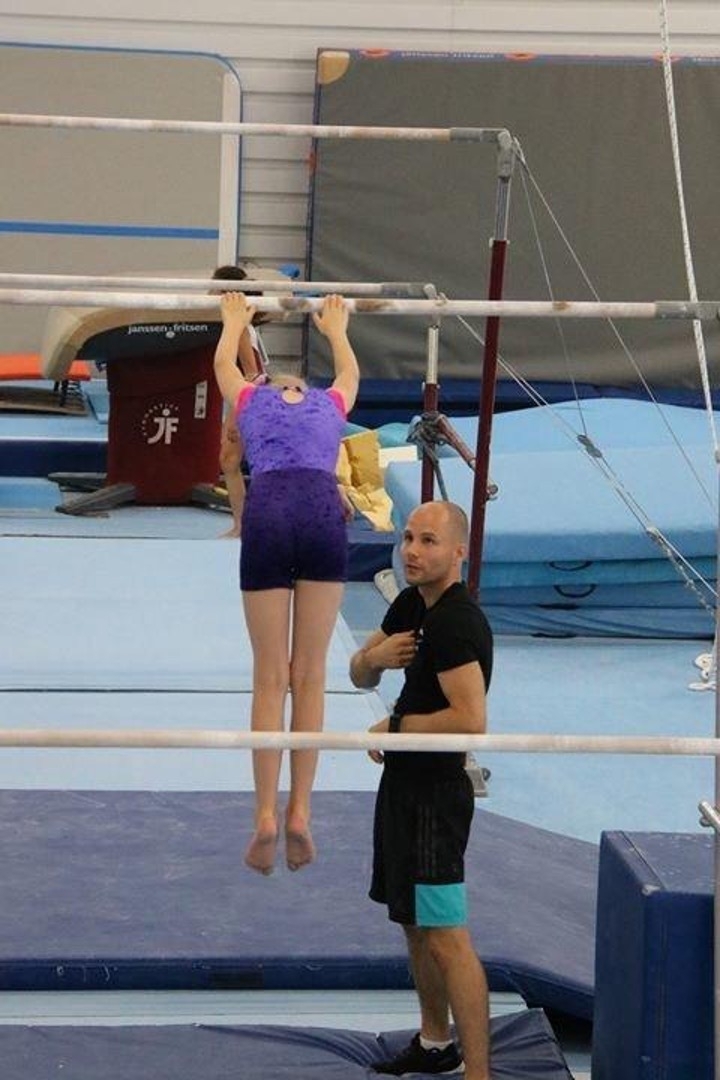
Giving feedback
As a gymnastics coach, you give a lot of feedback during gymnastics training. But how do you give effective feedback in the right way? What is the effect of your feedback on the gymnasts and what about the effect of rewards or punishments?
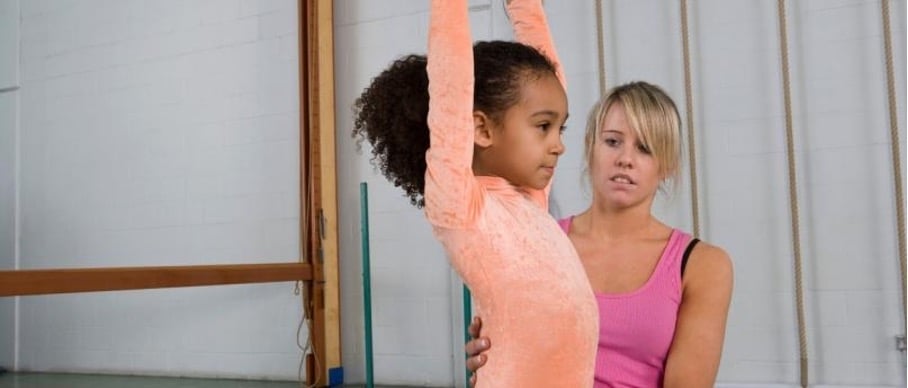
Examples of negative feedback
Almost every coach knows that negative feedback often has a bad influence on the learning performance of gymnasts. Nevertheless, as a coach we often (unconsciously) give negative feedback faster than we think. Below are some examples of statements that sometimes occur in practice.
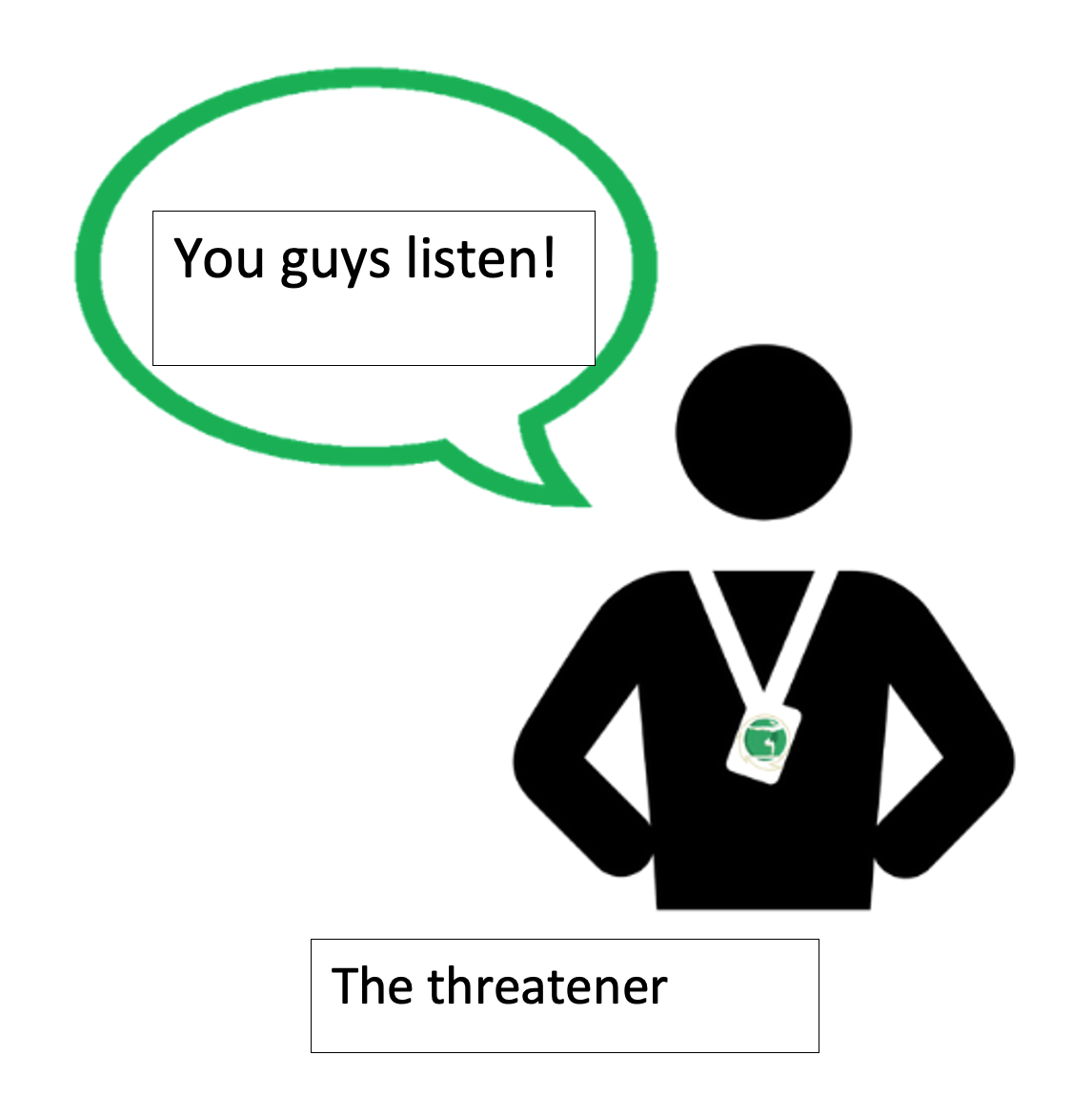
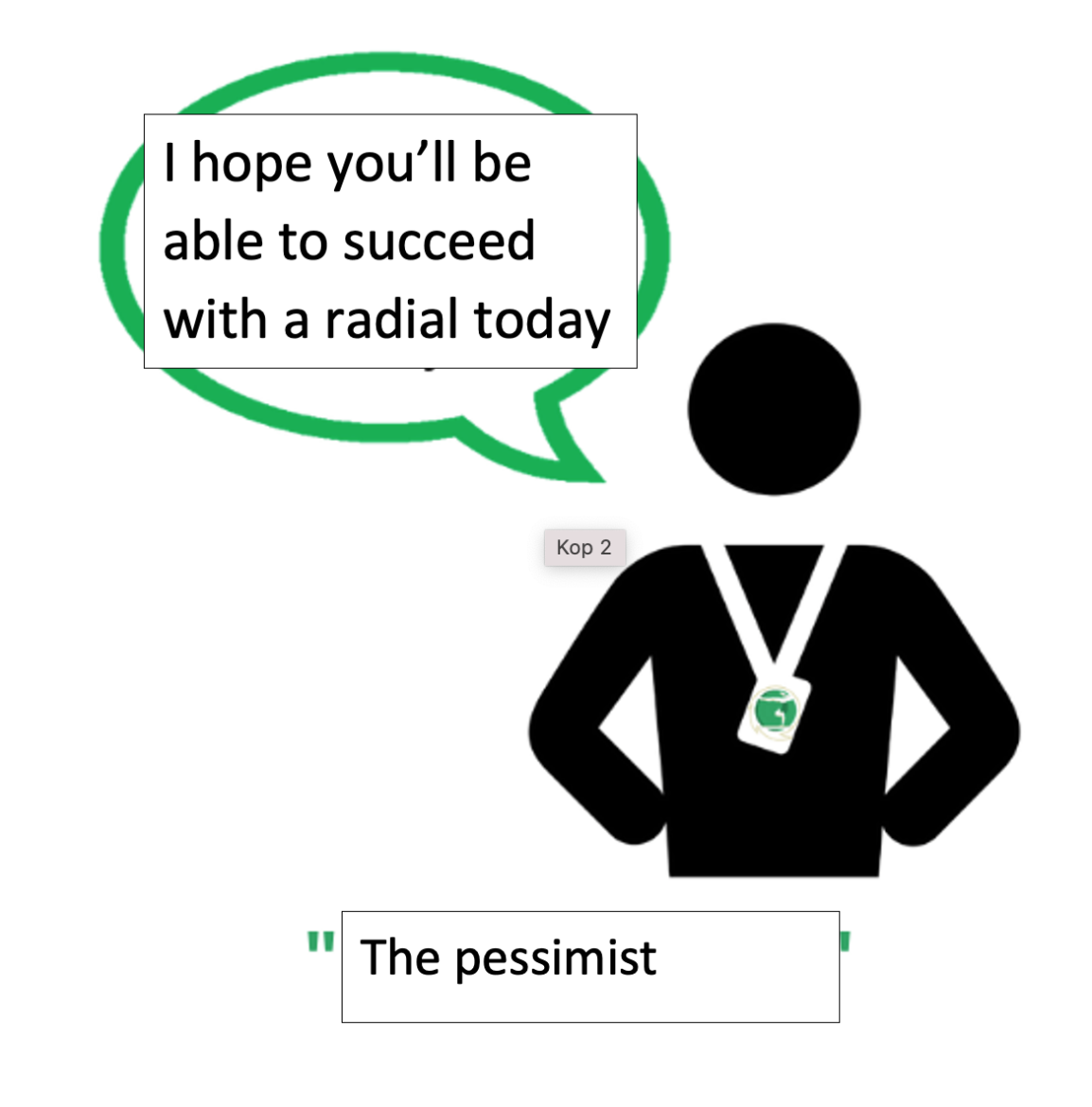
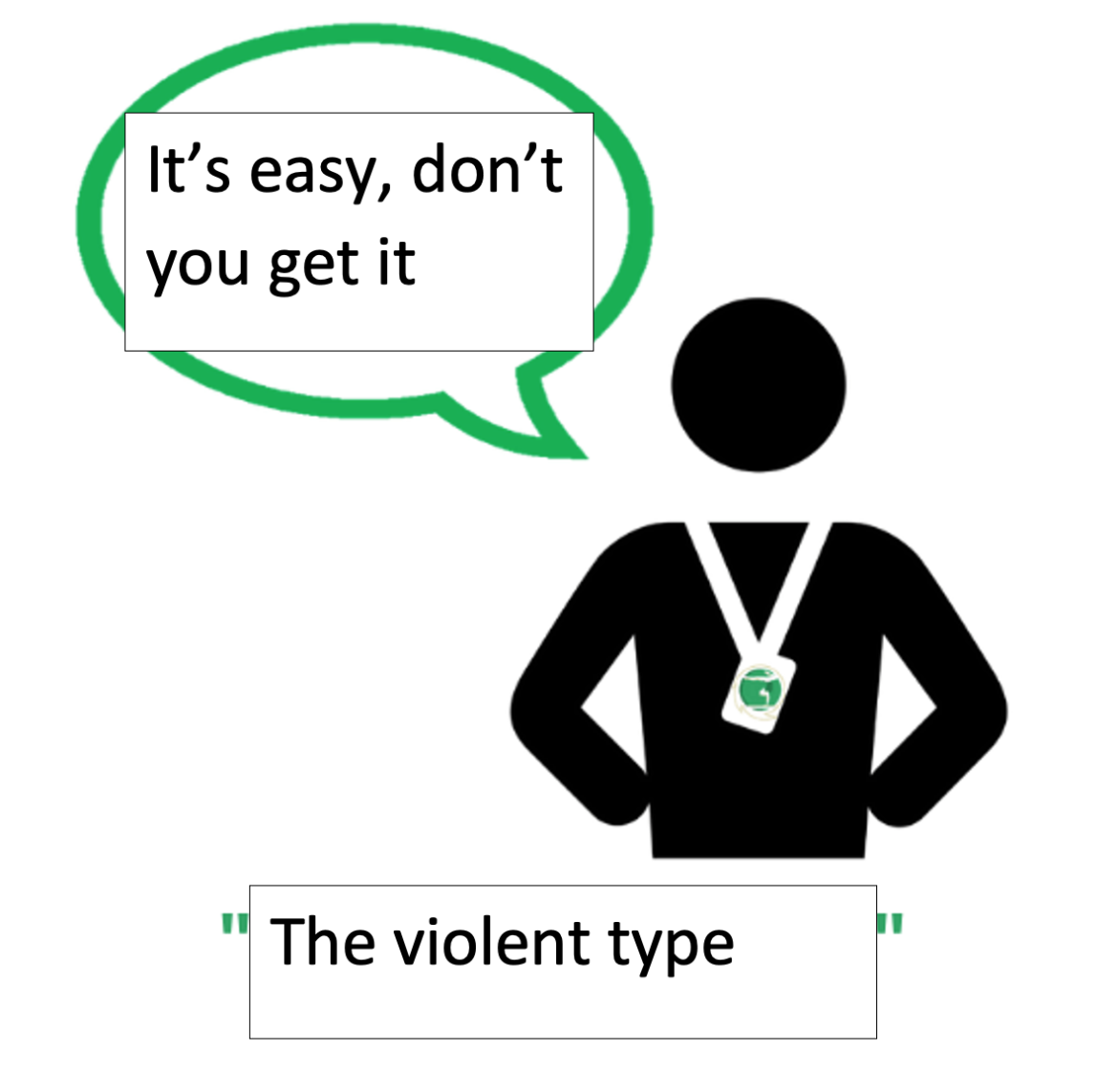
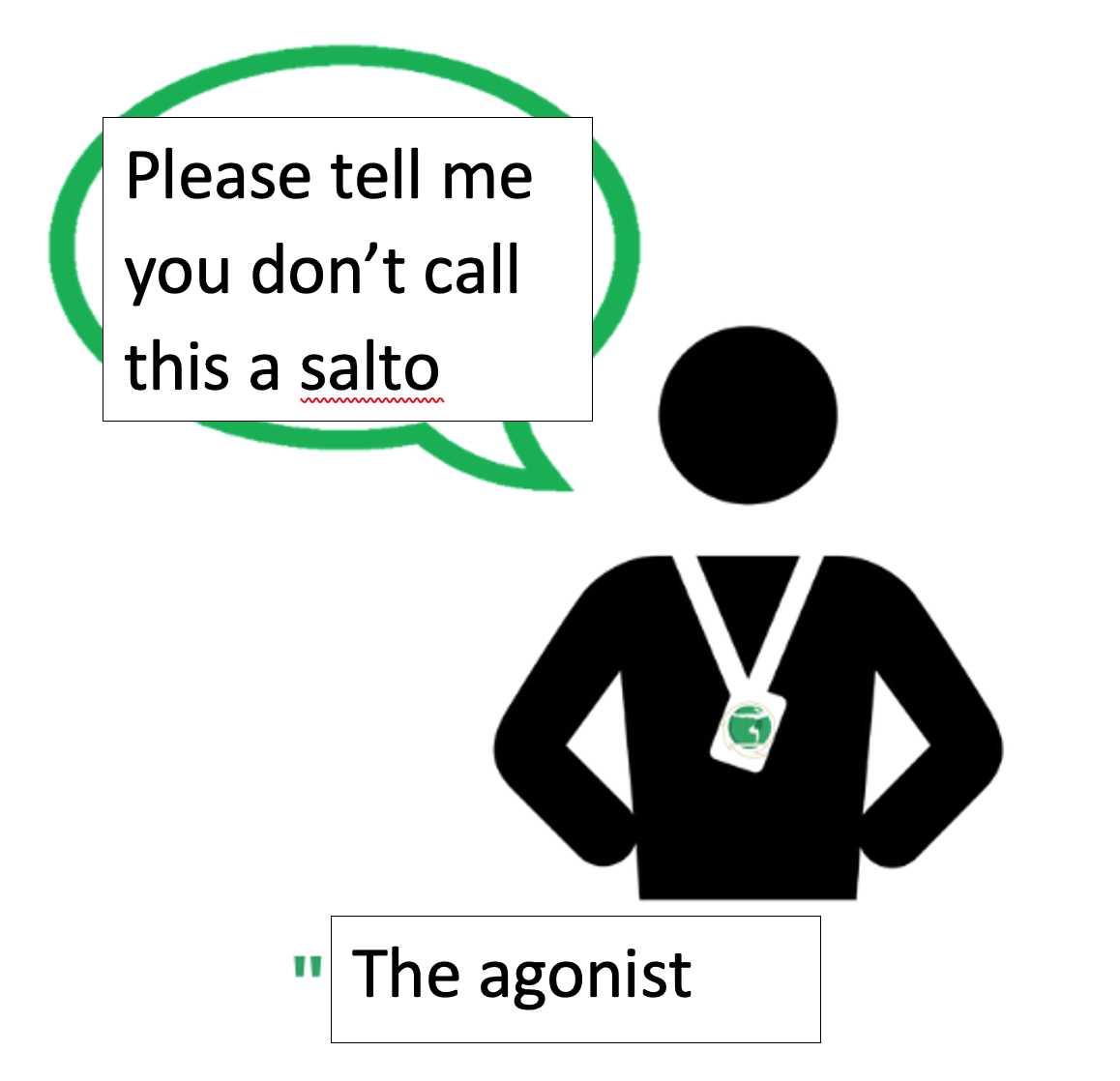
Of course, it is not the case that you can never say anything negative as a gymnastics coach. But it is very important to be aware of our pitfalls.
The negativity bias
Did you know that we as humans are often much more focused on the negative things than the positive things? This also works in gymnastics. As coaches, we are much quicker to see the technical faults in gymnastics than all the positive things that are also present. In itself, this is not so strange. Our competition sport is of course very much focused on earning points and getting as little deductions (= negative) as possible on the competition exercises.
Just be aware, as a coach, that the gymnasts are also much more focused on all the negative feedback they receive during a training session. This phenomenon is also called “negativity bias”. The idea being that, even if of equal intensity, things of a more negative nature have a greater effect on a person’s psychological state and processes than neutral or positive things.
Also watch the video below about negativity bias and how to deal with it.
Effective coaching: The super mario effect
One study showed that people made fewer attempts to complete a task successfully than when no negative feedback/penalties were given.
As a gymnastics coach, we naturally have the best intentions for our gymnasts. However, it is always wise to ask yourself whether the feedback we provide really motivates them to keep working towards a goal.
So in some cases it is even better to give no feedback at all than to give negative feedback.
Also watch the video below about the study.
Punishing and rewarding gymnasts
In practice, rewards often work better than punishments. But why is this so? Positive feedback activates a reward signal in the brain, which emphasises the action that caused it, causing you to do it more often in the future. So to get someone to do something, you need to make them have a positive, rewarding association with it. If you want to stop certain behaviour, the negative association of punishment is a better deterrent. Often the method of a reward does not matter much. This can be done in different ways:
– Verbal: e.g. “Well done, I am proud of you”.
– Physical: e.g. a pat on the back
– Materialistic: e.g. giving a sticker.
Tips:
– When the same reward is used too often, the positive effect is lost.
– Focusing too much on rewards can cause gymnasts to become extrinsically motivated instead of intrinsically.
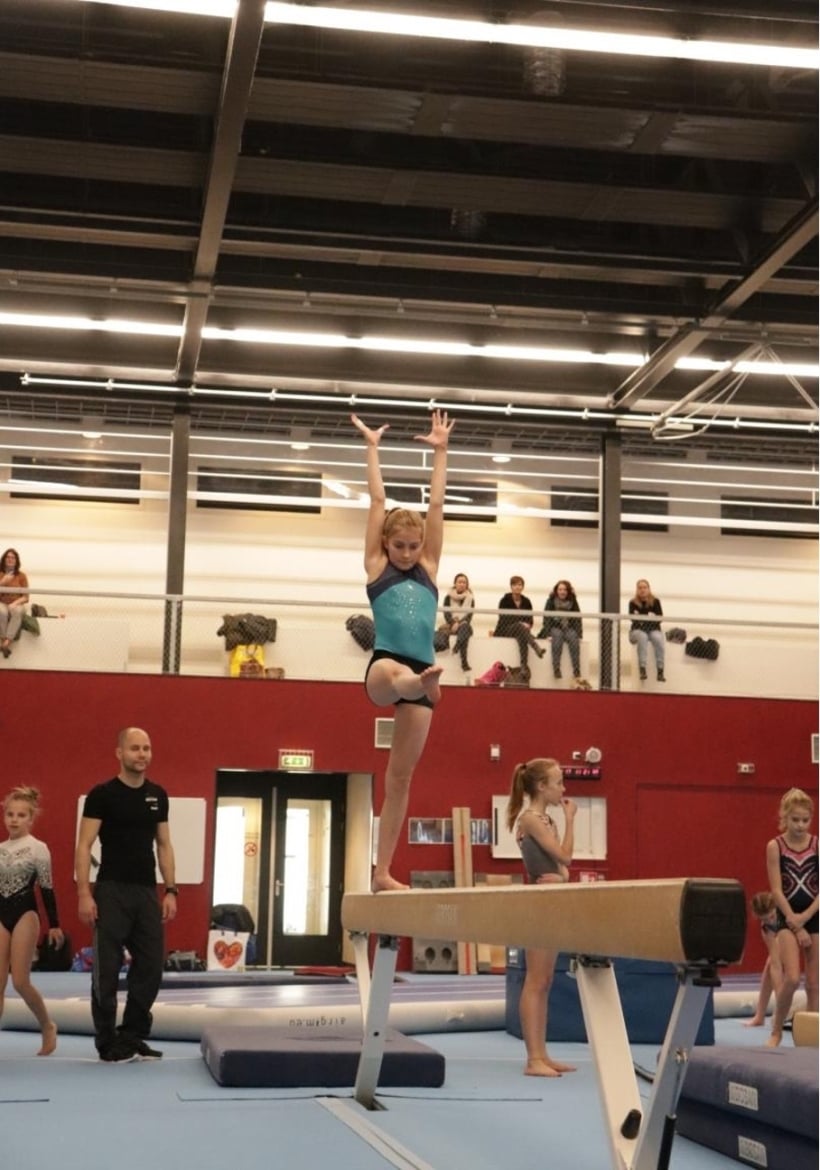
Effective coaching: Sandwich method
As you have read in this article, positive and effective coaching works much better than negative feedback. But how do you give feedback to gymnasts? Use the sandwich method to give someone feedback in a positive way. By starting with something positive, the gymnast will pick up the feedback better than if he or she were to immediately make a point for improvement.
Start with something positive
Give a point for improvement (preferably let the gymnast think about this himself)
End with something positive
Try to make each point as specific as possible. E.g. “You swung your heels up well now” (concrete feedback) instead of “Well done” (general feedback).
This does not mean that you should always use the sandwich method during lessons. But it is a powerful method for conveying feedback well & effectively.
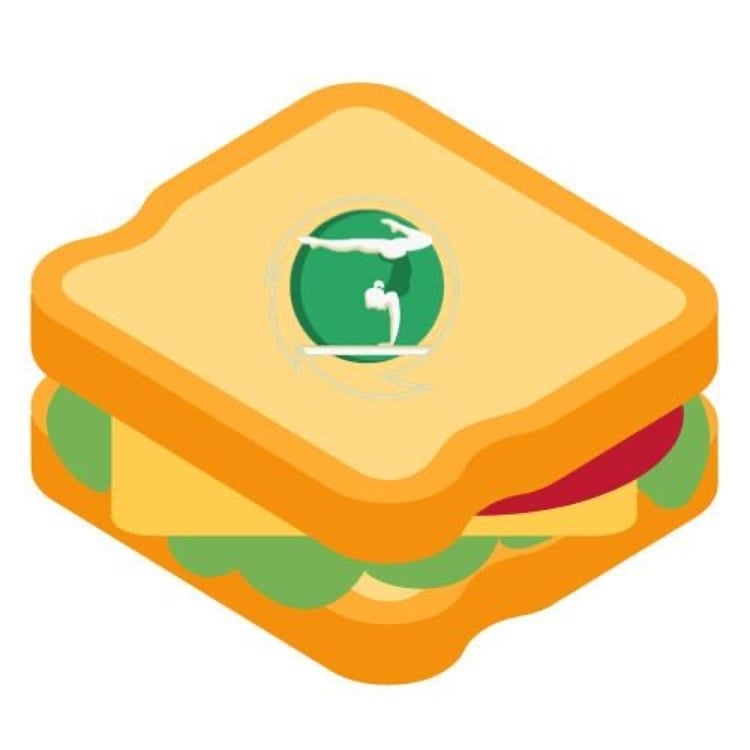
Providing functional feedback for effective coaching
As a gymnastics coach, it is extremely important to be able to give functional feedback. Yet in practice, this is more difficult for many coaches than it seems.
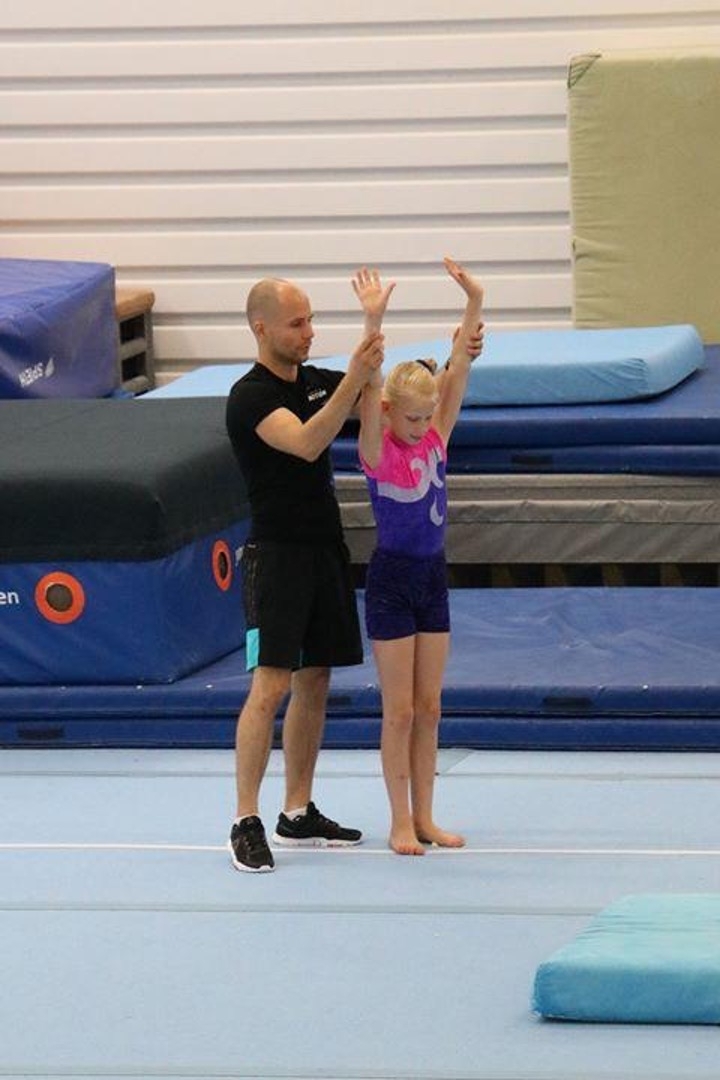
As a gymnastics coach/coach, you give a lot of instructions during training. It is often wise to reflect on whether the instructions you gave were really that functional.
“You have to run faster” -> Is the gymnast physically able to run faster? Or should this be trained for specifically?
“Try to swing higher” -> does the gymnast understand at what point she should start her hang and kick phase?
“-> Does the gymnast feel how far she is in the handstand on the bar? Functional feedback can be a challenge for some coaches. However, if you master it, you will achieve the best learning results with gymnasts!
Giving specific feedback
How well feedback is received by a gymnast often depends on how specific the feedback is. In practice, it is common for a gymnastics coach to encourage a gymnast with “good job! Of course, this is a good basis for giving positive feedback. However, you also want the gymnast to learn from the feedback. “Good for you” is not specific. A gymnast does not know what she did well. “That was a good jump” is a lot more specific. But also here the gymnast does not know exactly what she did well. These examples are also called: general positive feedback.
“You had your arms straight now!”
“That was a beautiful Arabian with your legs together!”
These are two examples of functional positive & explicit feedback.
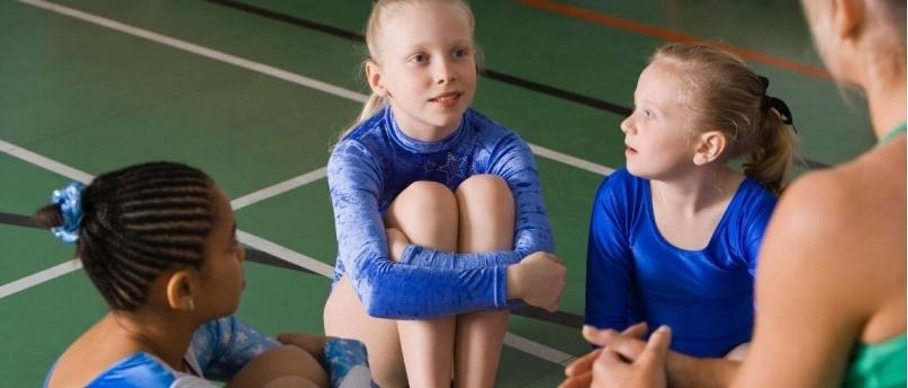
Processing feedback at effective coaching
As a gymnastics coach, you sometimes see 4 or 5 different instructions immediately when you look at a gymnastics element. Unfortunately, it is not possible to give all the instructions to a gymnast at the same time. Most gymnasts can only handle one or a maximum of two instructions at a time.
In addition, there is also a big difference in how you bring the feedback and whether you let the gymnast think about the feedback. The big advantage of letting the gymnast think about the feedback is that more ownership is created when a gymnast knows how to name the point of improvement. The chance that the feedback will be taken up is then also much bigger.
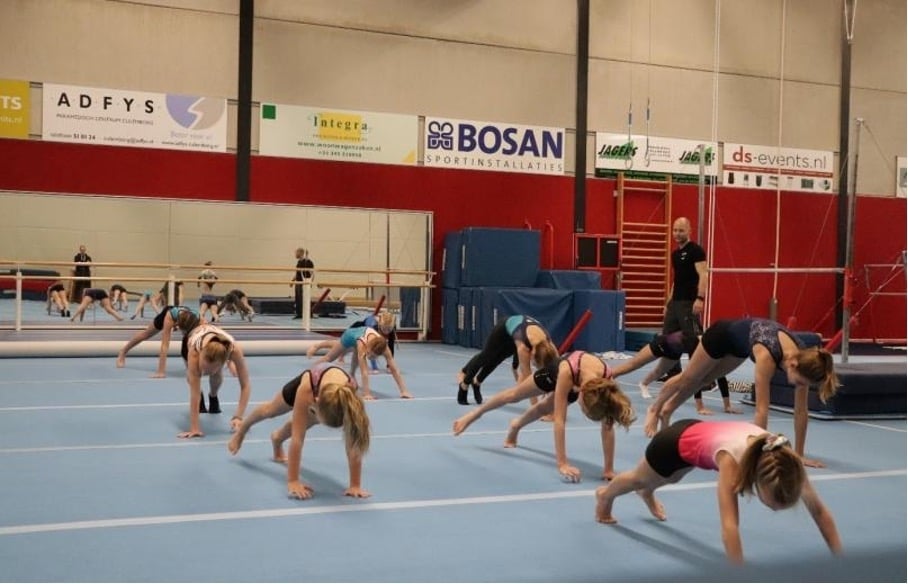
When giving directions, you also have different ways of giving the feedback.
For example, in a belly turn where you want a gymnast to keep her chin on her chest:
Commanding way: “Keep your chin on your chest”.
Questioning wise: “What should you do with your chin?” “What can you improve?”
Internal focus: “Try to keep your chin on your chest”.
External focus: “Look at your navel when doing the belly turn…”.
The idea is that with an internal focus the gymnast is made very aware of the movements, while an external focus promotes more the automation of a movement. External focus usually takes less energy from the athlete’s working memory, so that the feedback can usually be picked up best this way.
Tips:
– In case of feedback, try to guide/coach rather than dictate and let the gymnasts think for themselves.
– Ask (open) questions of gymnasts instead of giving solutions.
Being able to recognise cause & effect
When giving technical feedback, it is important to be able to distinguish between the cause and the effect of a technical error.
In the example video below, on the left side, you can see a gymnast who is not yet able to make the front swing as high/the feet are low and in a hollow position. Many coaches then tend to give instructions aimed at the front swing: e.g. “You must kick your feet higher in the front swing”.
If you look closely, you can see that the hanging phase after the backswing is started too early (the cause). Because of this, the gymnast kicks the feet more horizontally instead of vertically (the consequence) and is therefore not able to kick the feet higher. It is then much more effective to give specific instructions to first change the cause and to see if the consequences will be solved as well.
Analysing gymnastic movements
In order to provide targeted technical feedback, it is necessary for a coach to be able to analyse gymnastic movements. Many coaches find it difficult to spot technical errors in gymnastic movements right away. Gymnastic movements are usually very fast, so it is not surprising that you cannot see everything at once.
If you do not see something immediately, tell the gymnast and ask if you can have another look. This is always better than giving “just” feedback without knowing that it is effective feedback.
In order to become better and better at analysing gymnastic movements, it helps to watch and analyse as many gymnastic elements as possible. This often requires a lot of practice. Can’t find the problem in a gymnastics element of a gymnast? Film the routine and play it several times in slow motion. If necessary, put a good performance by another gymnast next to it and you will often be able to see the difference.
Below you can find a list of useful apps for recording and analysing gymnastics elements:
- Coachmyvideo (free & paid version)
- Hudl Technique (free)
- Coach`s Eye (paid)
- Dartfish Express (paid)
In addition, Winnercam is becoming increasingly popular in the Netherlands. This programme is free for coaches but gymnasts (or clubs) have to pay for it.
Winnercam is all about a simple wristband. Thanks to the technology in the wristband, a smartphone can independently make a video analysis of, for example, a gymnastics element or a gymnastics exercise, and share the video with the athlete and coach one-on-one immediately after the exercise.
An alternative is Pivo. Pivo is a tripod in which you can put your smartphone that automatically detects movements. Useful for recording exercises on jump and bar, for example. Click here for more info about Pivo >>
Celebrating successes
Reflecting on success is an important contribution to the positive and effective coaching of a coach. When a gymnast achieves a gymnastic element after a long practice, the coach is often very happy for her. Unfortunately, almost every coach has the pitfall of saying “and now try…” after achieving the gymnastic element. As a gymnastics coach, you are sometimes so preoccupied with where you want to go with the gymnasts that you forget to dwell on (and enjoy) the success.
The gymnast may have had to work for weeks to be able to perform the kip on her own. Why do we as gymnastics coaches want to add a high swing immediately or want the next turn to be with straight arms? So try to take a moment to appreciate the success of the gymnast and try to enjoy it together, without immediately moving on to the next step/goal.
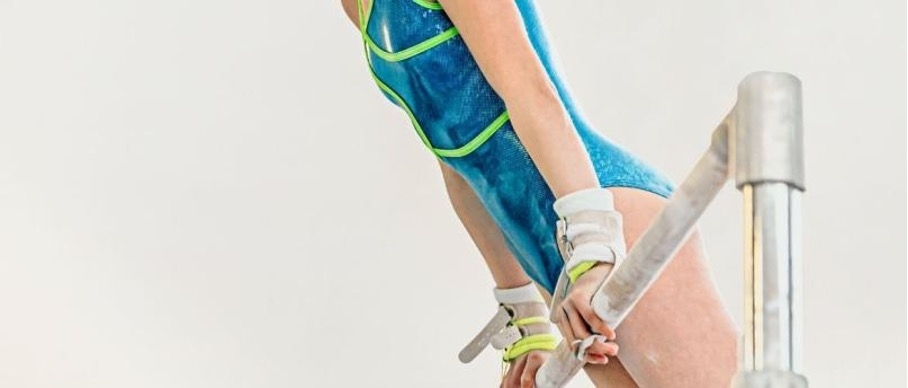
Evaluate & reflect
If you really want to know how you as a coach/coach come across to the gymnasts, it is certainly worthwhile to have the gymnasts assess what they think of you as a coach. This can certainly contribute to effective coaching.
On the one hand, this can be very confronting as a coach, but on the other hand, it can also give a lot of energy and guidance. Who knows, maybe the gymnasts are super enthusiastic about you, in which case that is of course very nice to know. As a coach, you can also use some extra extrinsic stimulation sometimes 😉 .
Tips:
- Ask gymnasts how you teach
- Ask the gymnast if he/she likes the way you provide assistance
- Take a survey (or other form) from your gymnasts and/or parents
- Ask gymnasts for tips and tops (preferably anonymously)
- It gives you as a coach more insight and possibly even a boost!

Evaluate
As a gymnastics coach, you must of course consider which effective coaching method suits you best. You cannot always use the same methods. Also, it is not always wise to put the full ownership with the gymnast. The strength lies mainly in varying the methods and, as a coach/coach, seeing what works best for the learning ability of a gymnast. This is the best way to respond to the various learning needs of the gymnasts.
As a coach/coach, be aware of your own actions and keep checking the effect they have on the gymnasts. This is the best way to ensure effective coaching.
Of course, I am also very curious to know what you as a coach look for in effective coaching of gymnasts. Let me know in the comments!
Good luck with your training and effective coaching! Do you want more exercises? Check out our Youtube channel or join the Gymnastic Tools Platform and get access to all 2500 methodical exercises.
